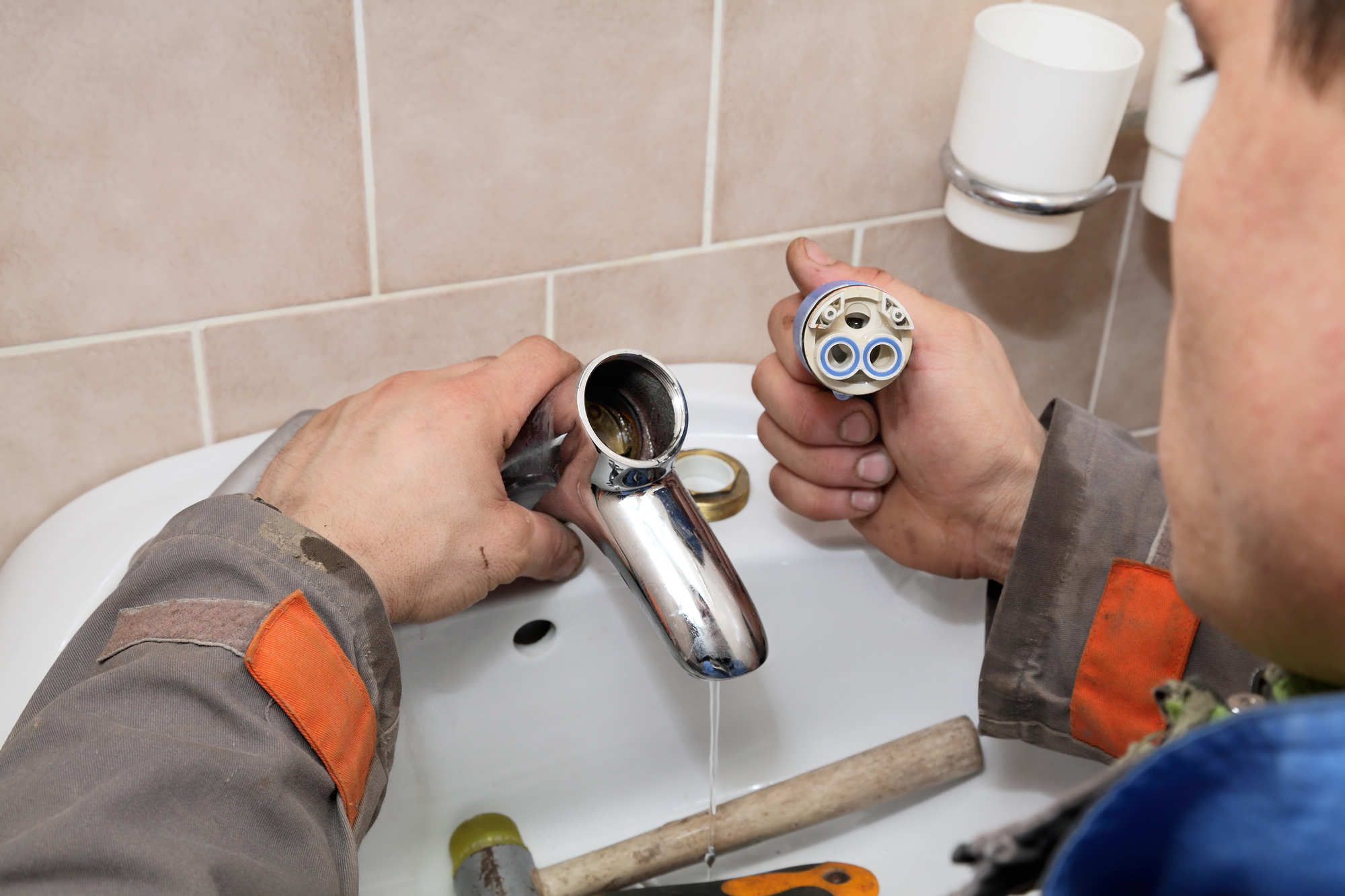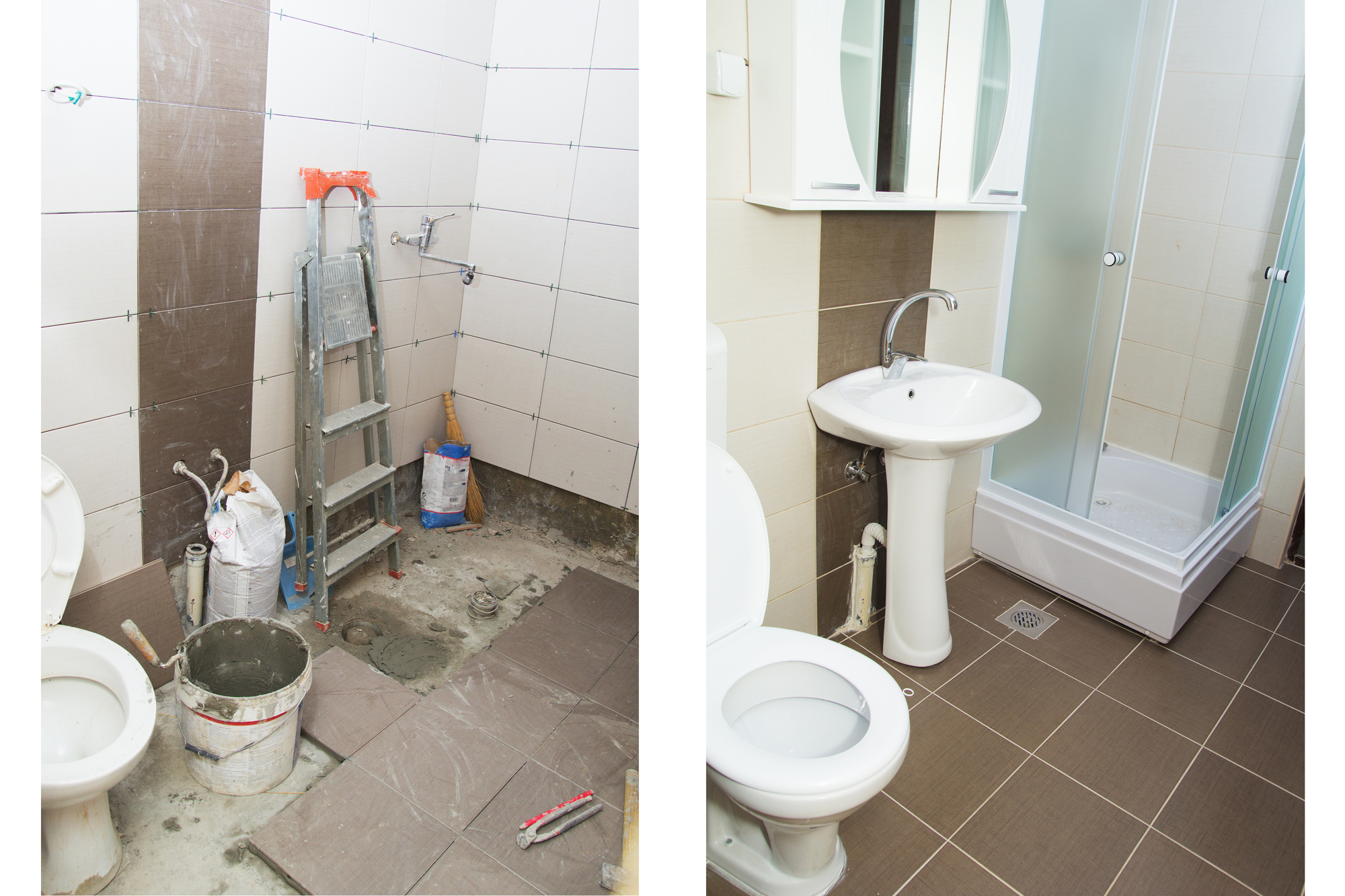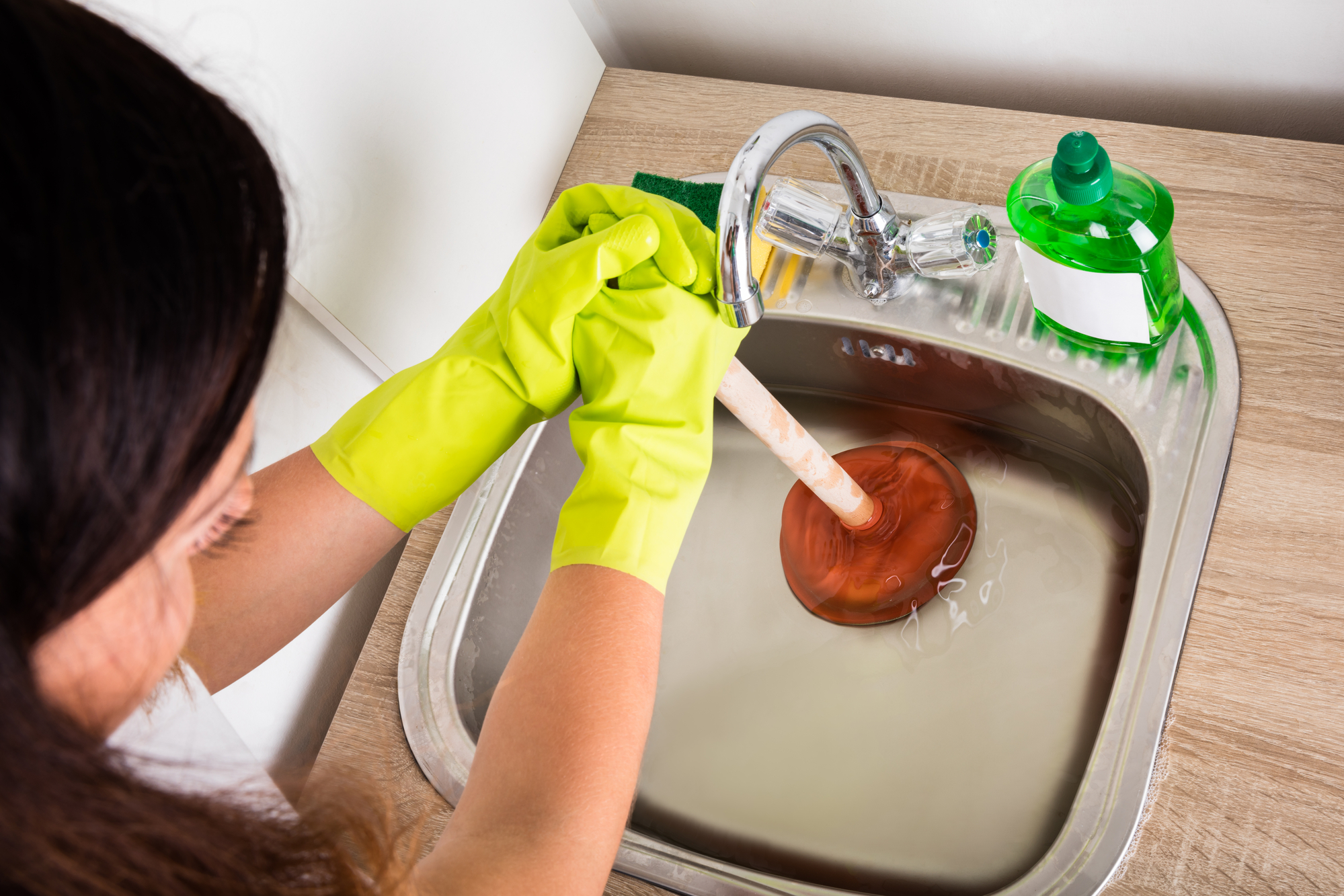Water is one of the essential commodities that every human being requires for survival. However, it can also be one of the most destructive forces, especially if not contained or handled correctly. Water damage can cause significant losses in property and lead to severe health issues if not addressed promptly and effectively. In this comprehensive guide, we will discuss what water damage is, its causes, signs, preventive measures, and how to deal with water damage effectively.
What is Water Damage?
Water damage refers to the destruction caused by water to any material or substance when it comes into contact with it. It is a common problem in plumbing systems and can result in significant losses in buildings and homes if not fixed promptly.
Some of the signs that indicate you have water damage include:
– Wet or damp carpets
– Discoloration of walls, floors, and ceilings
– Foul odor or presence of mold
– Buckled or warped floors
– Peeling or bubbled paint
– Visible mold growth on walls or ceilings
– Damaged or wet woodwork
– Cracked or stained walls and ceilings

Causes of Water Damage
Water damage can result from various sources, including natural disasters like floods and storms. However, plumbing issues are the most common causes of water damage in homes and commercial buildings.
Some of the leading causes of plumbing-related water damages include:
1. Burst or Leaky Pipes
Pipes are an essential component of any plumbing system, and they can develop cracks or burst due to various reasons. Some of the leading causes of pipe bursting or leaks include age, wear and tear, internal corrosion, high water pressure, and frozen pipes.
2. Clogged Drains
Clogged drains can cause stagnant water to accumulate in sinks, bathtubs, and other plumbing fixtures, leading to water damage and mold growth in areas surrounding the clog. The buildup of debris, grease, and other materials in pipes can cause clogs and blockages.

3. Faulty Appliances
Appliances like washing machines, refrigerators, and dishwashers use water to function effectively. However, they can cause water damage if they malfunction or have faulty components like hoses and gaskets.
4. Cracked Plumbing Fixtures
Cracks in plumbing fixtures like sinks, toilets, and bathtubs can cause water to leak and damage surrounding surfaces, leading to costly repairs.
Preventive Measures for Water Damage
Preventing water damage should be a priority for every homeowner or building manager. Here are some of the measures that can help prevent water damage:
1. Regular inspections
Regular inspections of plumbing systems and fixtures can help detect potential leaks or malfunctions and fix them before they cause significant damage.
2. Proper maintenance
Proper maintenance of appliances and plumbing fixtures can prevent wear and tear and improve their longevity, reducing the likelihood of leaks and malfunctions.
3. Install water alarms
Installing water alarms can help detect leaks and excess moisture in areas that are likely to suffer water damage, like basements and crawl spaces.
4. Keep gutters clean
Clogged gutters can cause water damage to roofs and walls by diverting water into areas where it shouldn’t be.
5. Upgrade plumbing systems
Upgrading your plumbing system with modern technology and materials like polyethylene piping can prevent leaks and improve the lifespan of your plumbing system.
Dealing with Water Damage
Dealing with water damage can be a daunting task, especially if the damage is extensive. Here’s a step-by-step guide on how to deal with water damage effectively:
1. Shut off the water source
The first step in dealing with water damage is turning off the water source leading to the affected area. This will prevent water from continuing to flow to the damaged area, reducing the overall damage.
2. Assess the damage
Assess the damage caused by water to determine the extent of the damage and the areas that require repair or replacement.
3. Remove excess water
Using a wet-dry vacuum or mop, remove the excess water from the affected area.
4. Dry the area
Dry the affected area using fans, dehumidifiers, and other drying equipment to prevent mold growth and further damage.
5. Repair or replace damaged surfaces
Repair or replace any surfaces that have been damaged beyond repair, like drywall, carpets, and insulation.
6. Disinfect the area
After repairing or replacing the damaged surfaces, thoroughly disinfect the affected area to prevent the growth of mold and to ensure it’s safe for habitation.
Conclusion
Water damage can be disastrous, but preventing it and addressing it promptly can help minimize the overall damage and prevent costly repairs. Regular inspections, maintenance, and upgrading of plumbing systems can prevent water damage caused by plumbing-related issues. In case of water damage, shut off the water source, assess the damage, and remove excess water and dry the area. Remember to disinfect the area after repairs to prevent mold growth and ensure the area is safe.
For all your plumbing issues and questions, visit Ace Plumbing Repair’s website aceplumbingrepair.com, or give their experts a call at (844) 711-1590.






